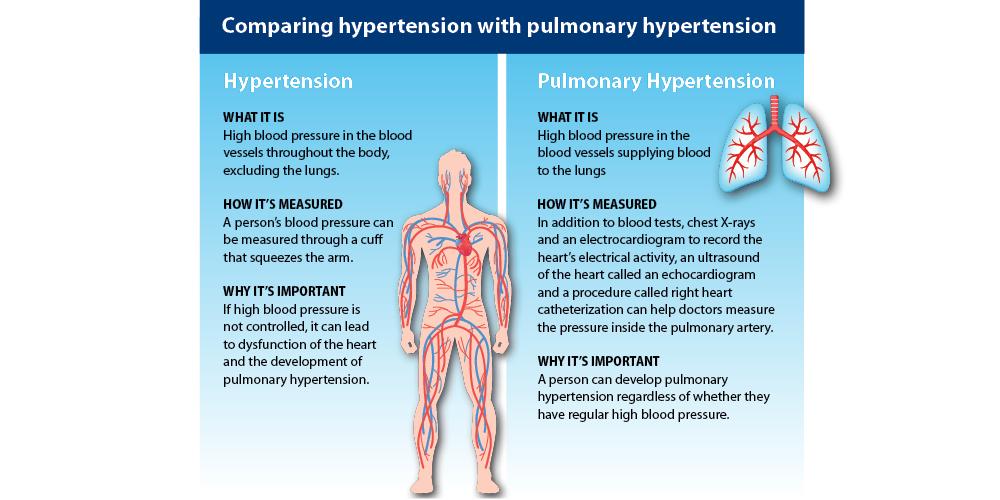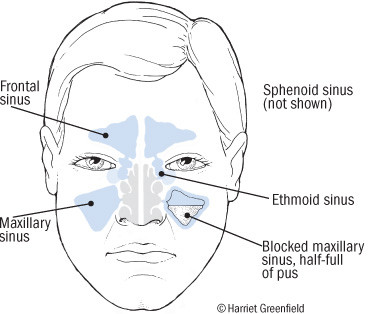Radiculopathy, often known as a pinched nerve, involves a range of conditions where one or more nerves are impacted and do not function properly. This condition can lead to pain, weakness, altered sensation, or difficulty in controlling specific muscles. The origins of pinched nerves are typically attributed to surrounding bone or tissue compression.
For a pinched nerve in the neck, various treatments are recommended, such as the use of a cervical collar for a brief period and a cervical pillow while sleeping. Physical therapy, range-of-motion exercises, and strengthening exercises can significantly expedite pain relief. In cases of severe pain, prescription of stronger medications might be necessary.
One serious condition to be aware of is the potential for a tear in one of the main arteries of the neck, which can cause a stroke. This highlights the importance of not overlooking neck health and pain. The neck, an often underappreciated body part, must be strong enough to support the head’s weight while allowing flexibility for movement.
Sinus headaches, another pain-related issue, can cause discomfort over the forehead, around the nose and eyes, over the cheeks, or in the upper teeth, often worsening when stooping forward. Symptoms like thick nasal discharge, congestion, and fever indicate sinusitis. Once the acute infection resolves, the pain typically subsides.
Thoracic Outlet Syndrome (TOS) is another condition that manifests as pain, swelling, or a “pins and needles” sensation in the hands, shoulders, and arms, and can affect other parts of the upper body including the chest, neck, head, and ears. TOS is primarily caused by pressure or compression on nerves or blood vessels in the thoracic outlet area.
Spinal stenosis, a type of pinched nerve condition, can cause pain in the back, neck, and sometimes the arms and legs. This condition commonly affects individuals between the ages of 50 and 60. The cervical spine, which composes the neck, plays a crucial role in head movement, while the thoracic spine supports the rib cage.
Cervical radiculopathy, a common cause of neck pain, is the pinching or inflammation of a cervical nerve where it exits the spine. It can cause symptoms like pain, numbness, tingling, or weakness in various body parts depending on the nerve affected. For instance, a pinched nerve root in the cervical spine may result in symptoms in the arms and hands, while in the lumbar spine, it may affect the hips, buttocks, legs, or feet.
Sleep positioning is also critical in managing nerve compression syndromes. Keeping the hand flat on a pillow, using a pillow to support the entire arm while sleeping on the side, and considering sleeping on the back with arms at the sides can help maintain ideal positions for the elbows and wrists.
Occipital neuralgia is another condition causing sharp, electric shock-like pain in the back of the neck and head. Symptoms can include bilateral pain in the head, eye pain, neck pain, light sensitivity, and a tender scalp. It usually results from irritation of the occipital nerves following an injury or nerve compression.

In summary, radiculopathy and related conditions like cervical radiculopathy, spinal stenosis, and thoracic outlet syndrome, present a range of symptoms that require careful management. Treatment options vary from physical therapy and exercises to medication and careful sleep positioning. Awareness and timely intervention are key to managing these conditions effectively.


